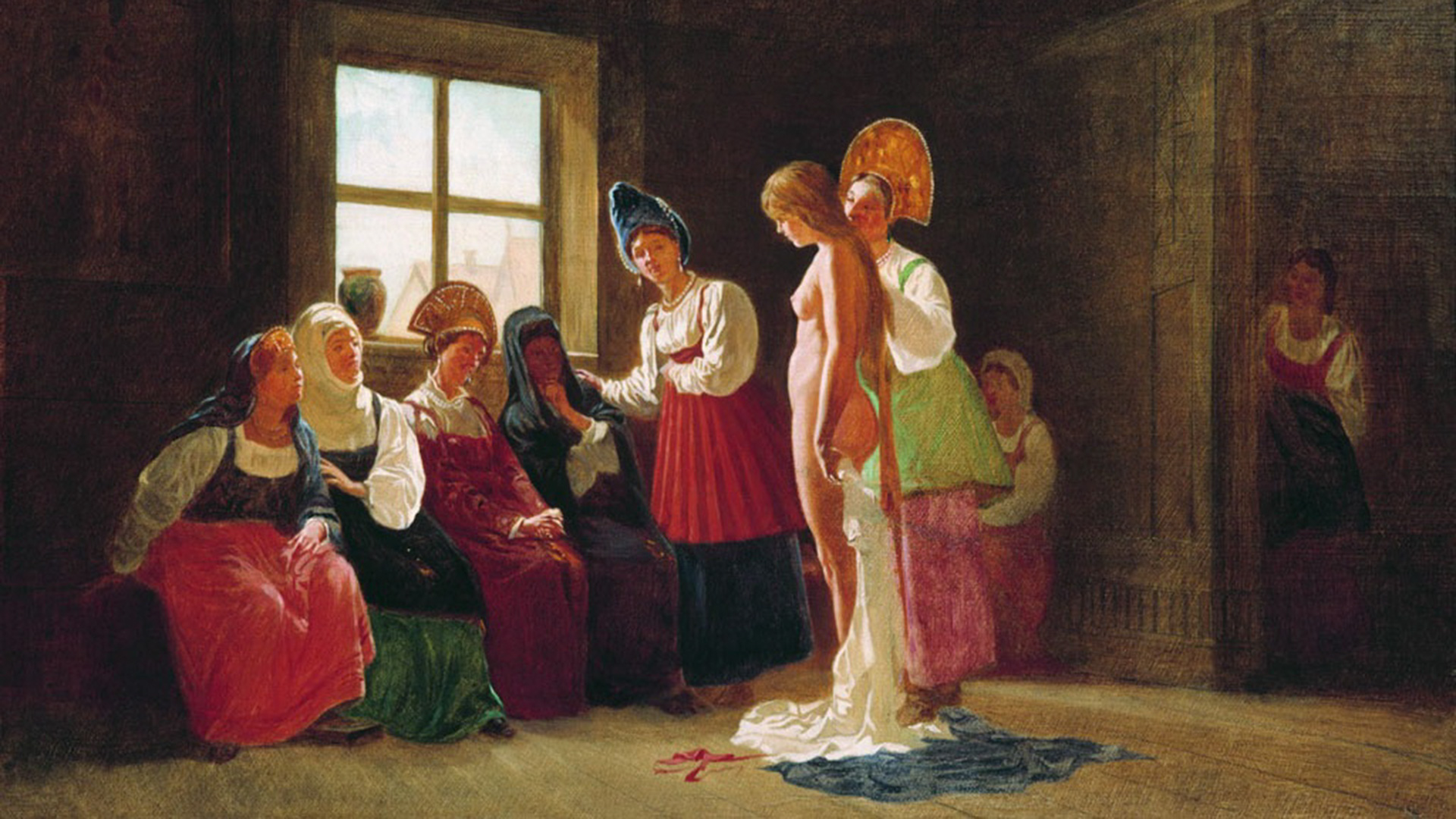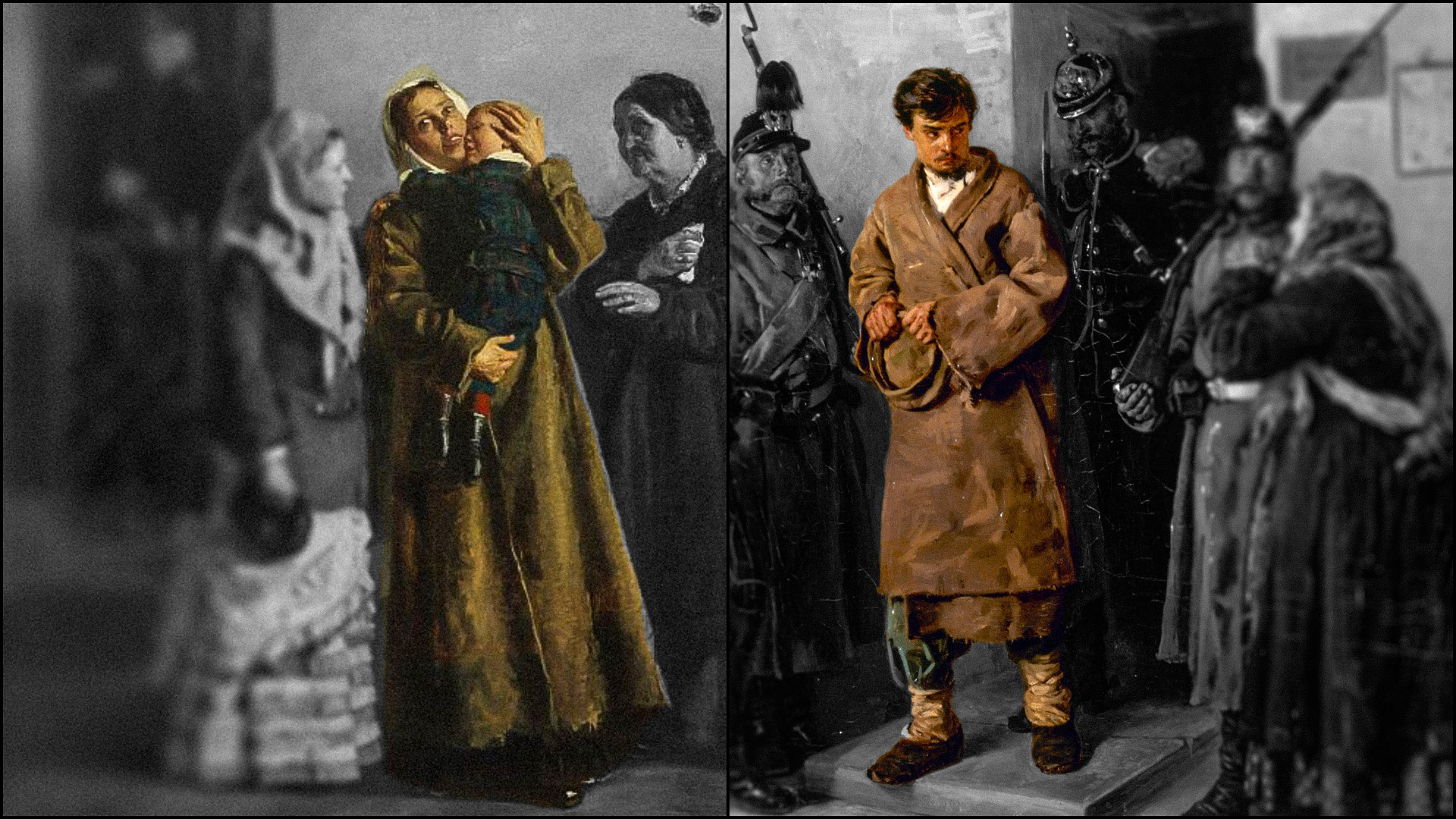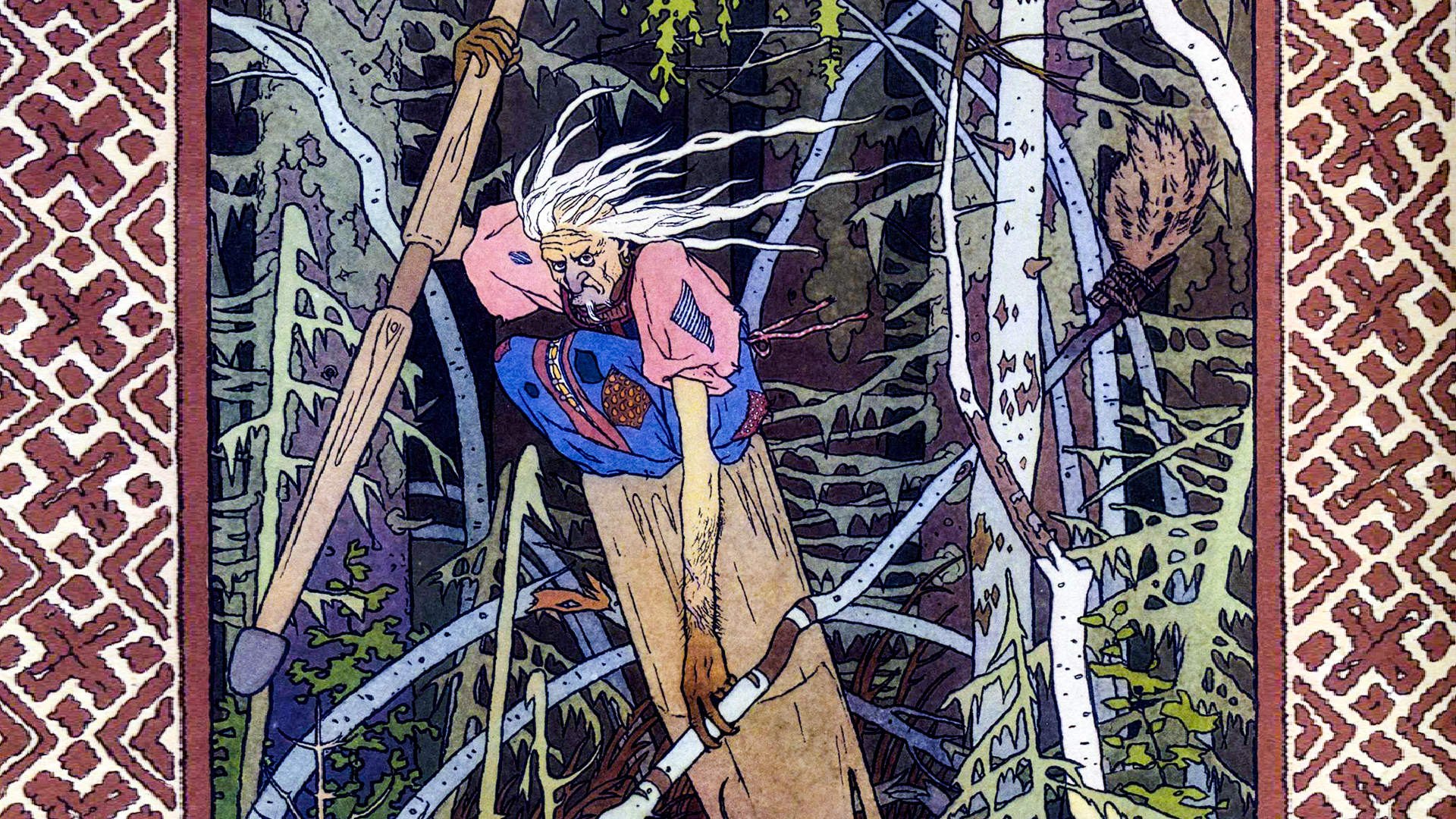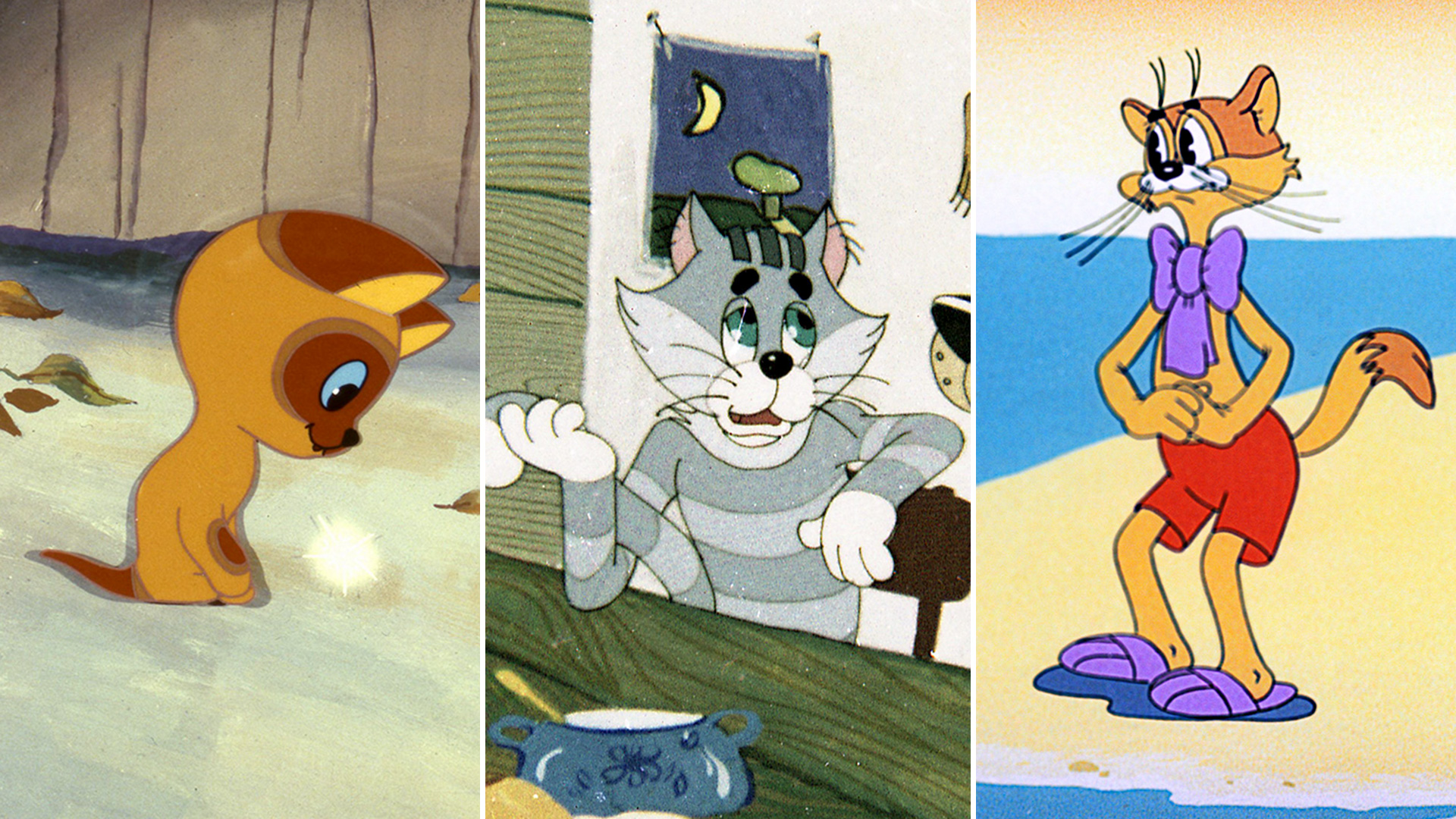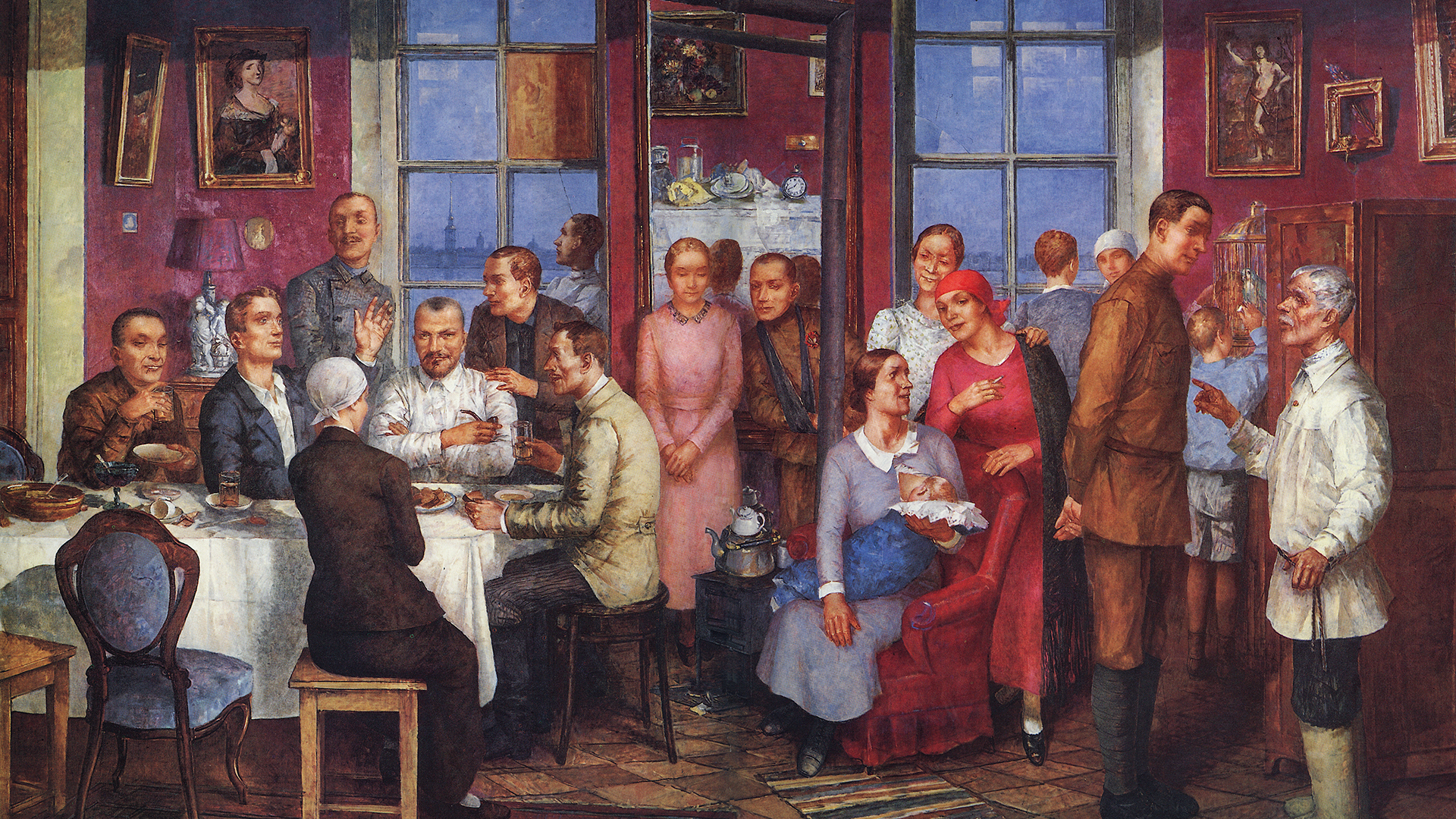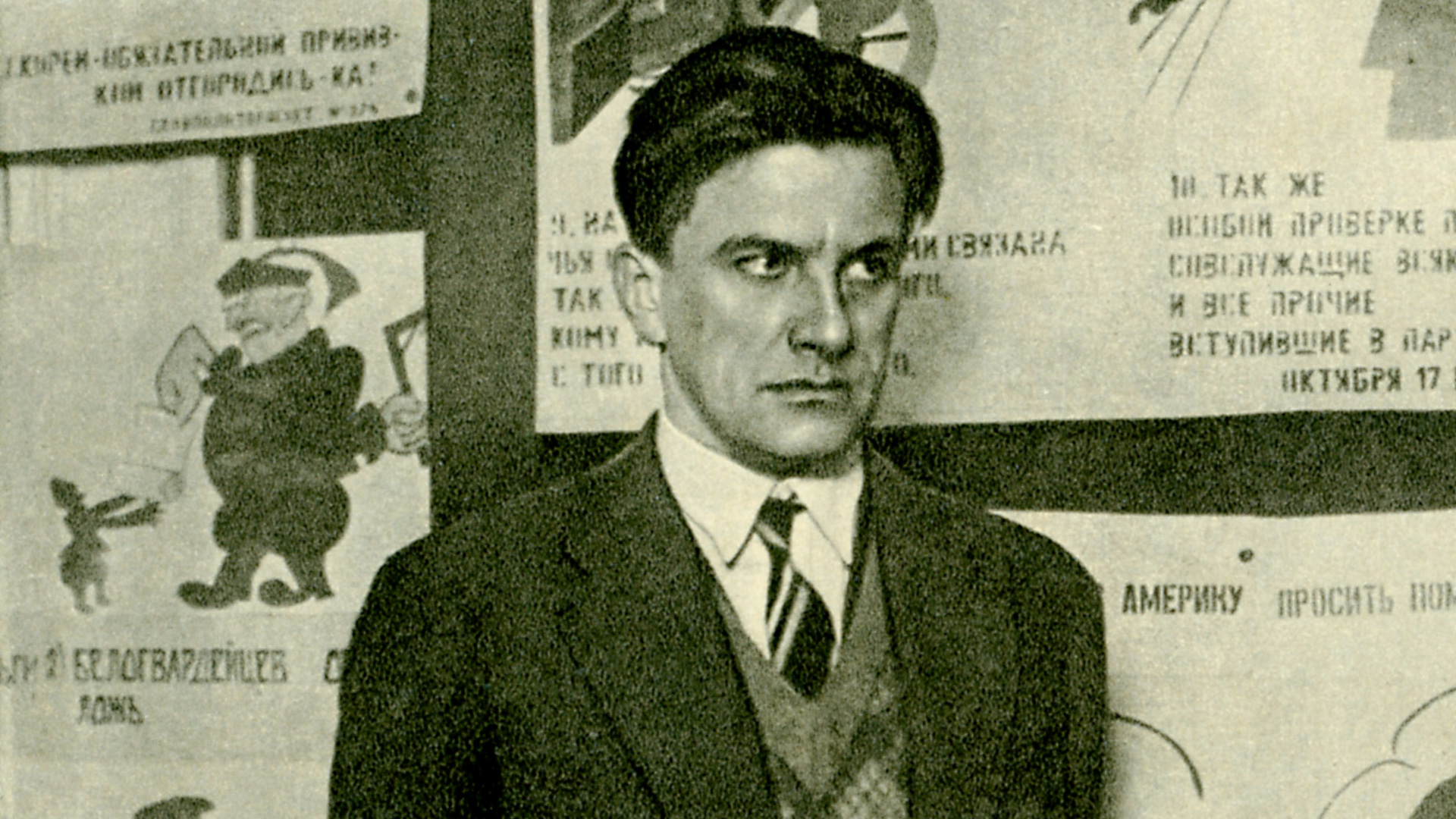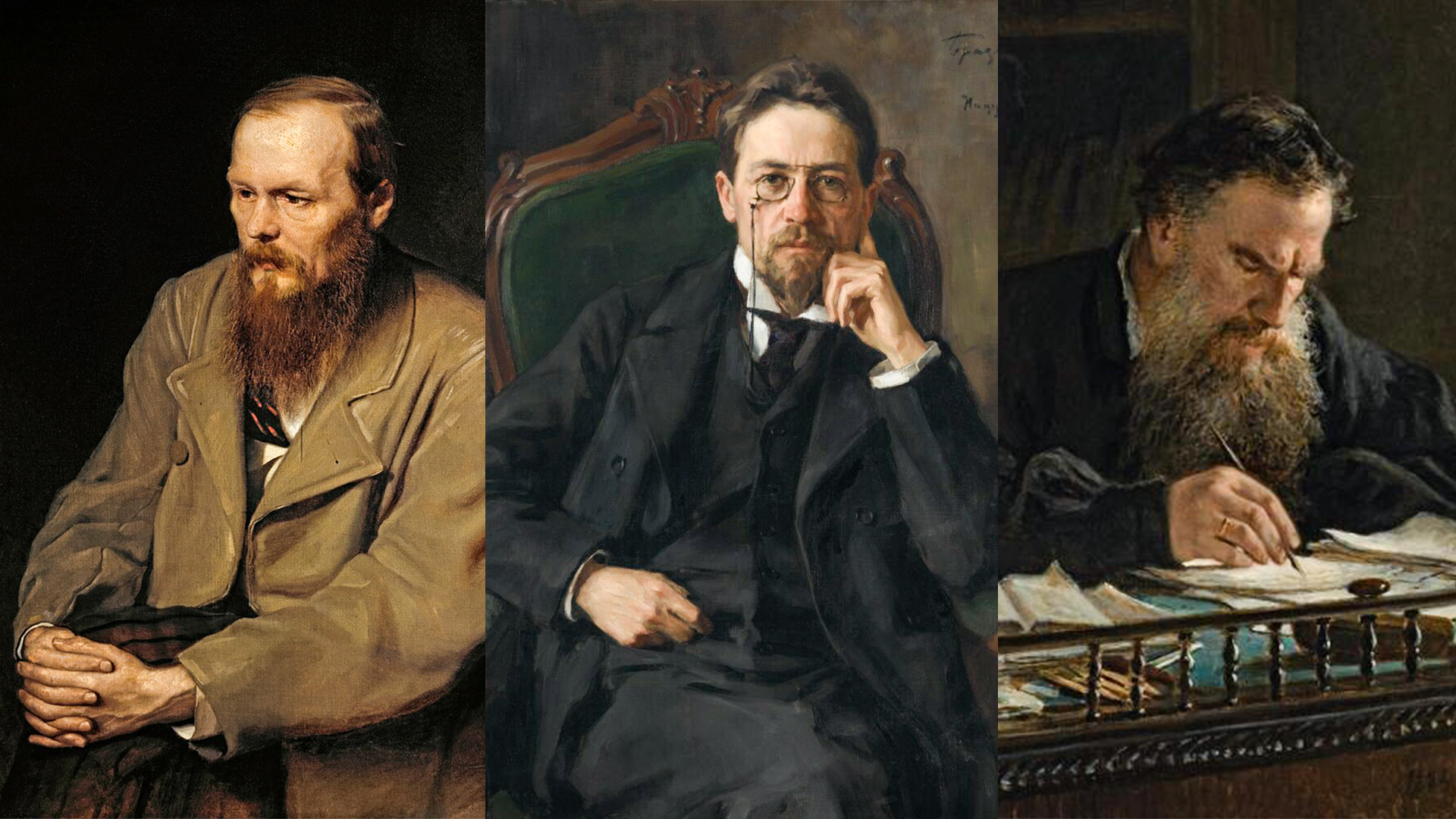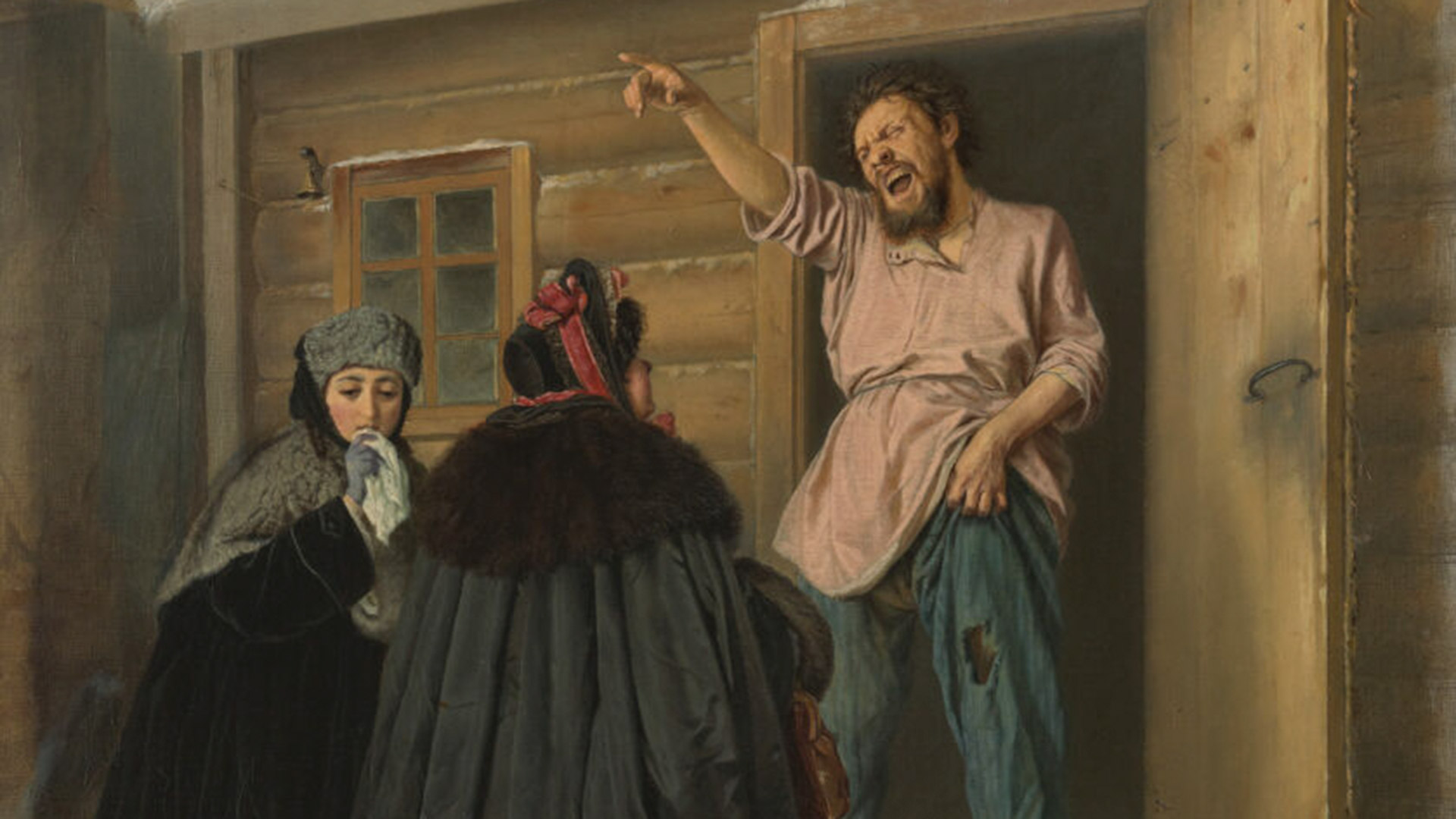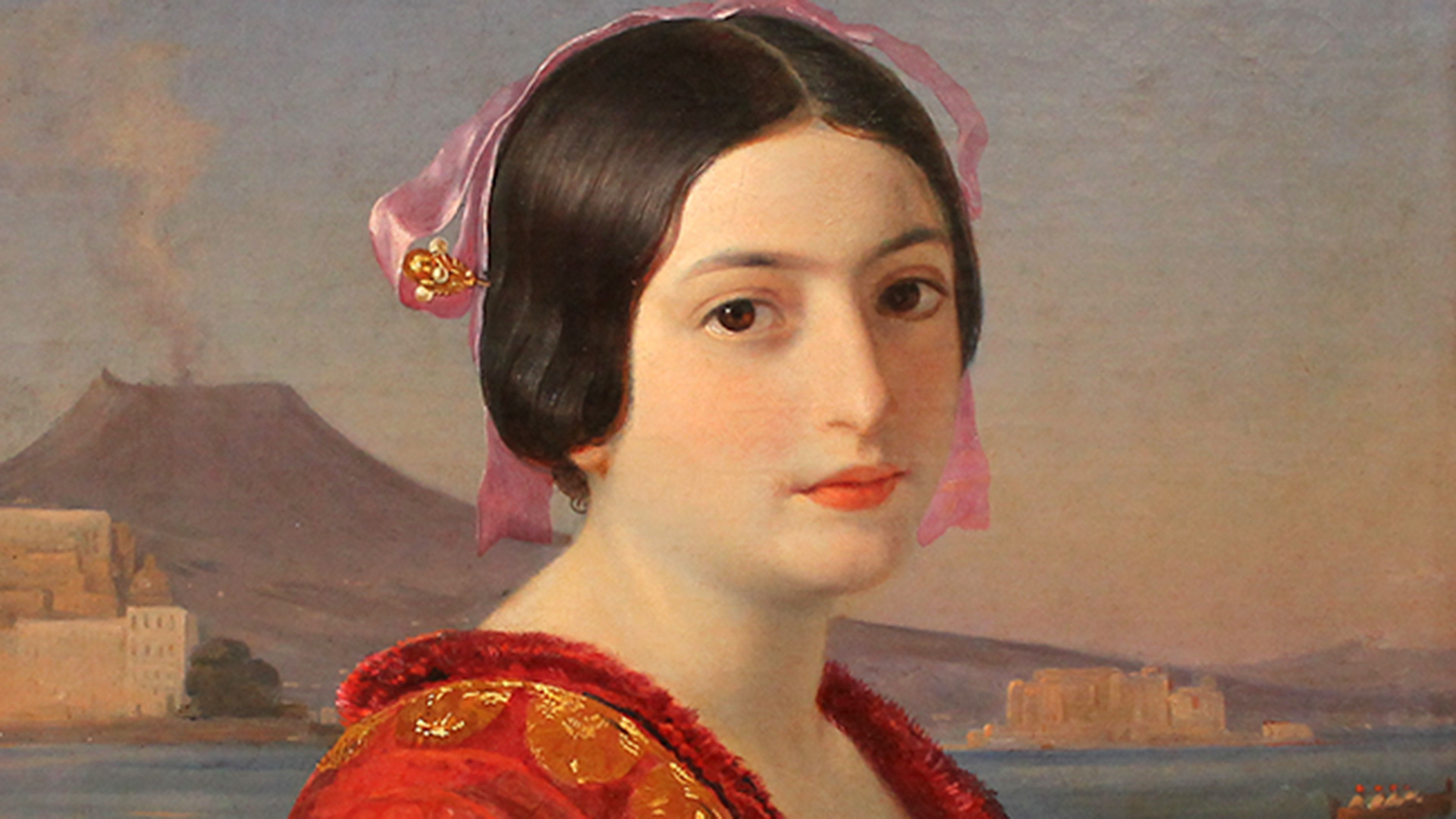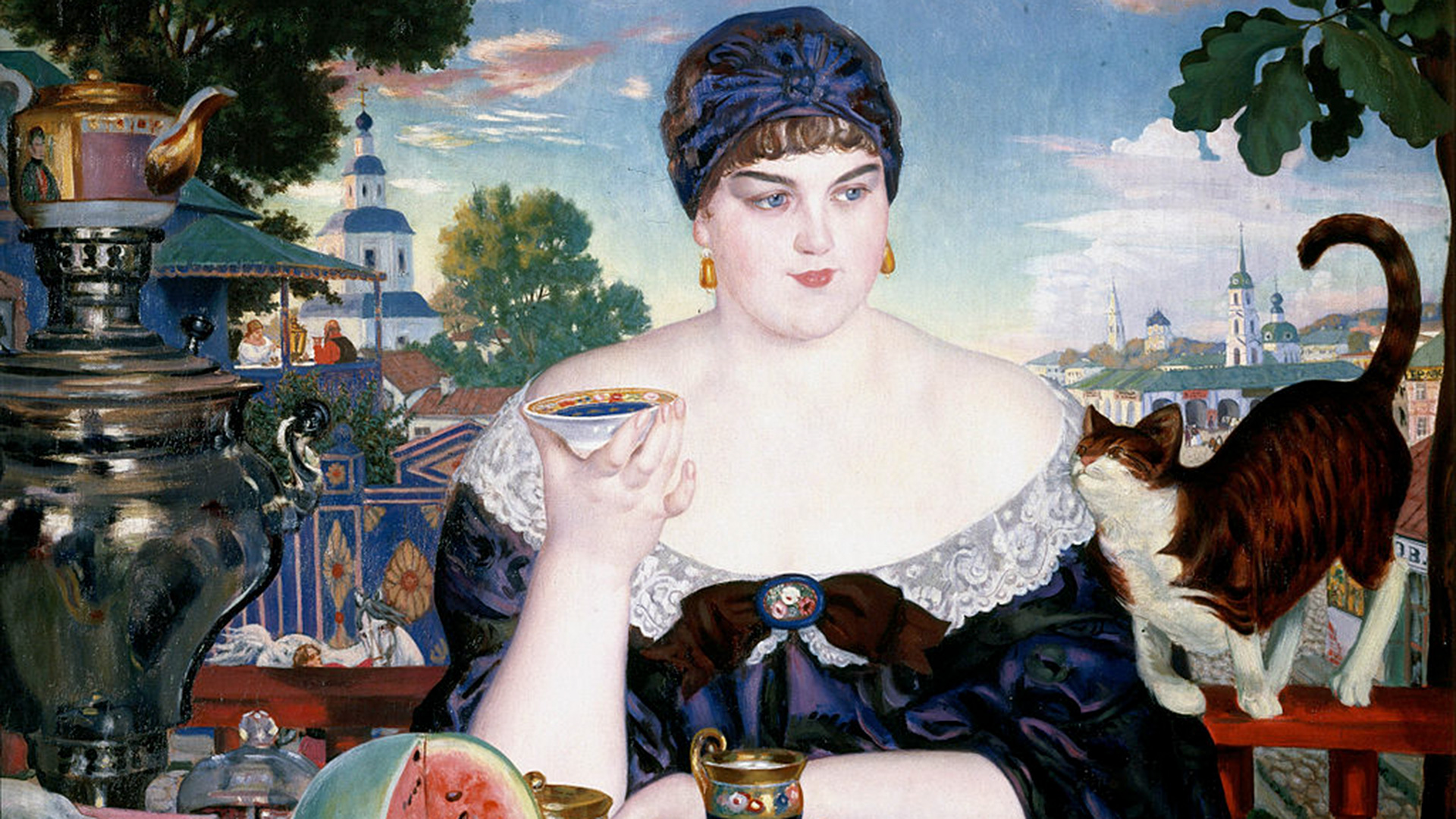
How Soviet movies were shown abroad

International Film Festivals

A young Soviet cinema, having barely managed to “speak”, immediately embarked on entering foreign film festivals. In 1932, at the Venice Film Festival, the USSR presented the first full-length film with sound, ‘A Road to Life’, about the re-education of street children. Newspapers of that time wrote that Nikolai Ekk’s movie was purchased for showing in 26 countries, including Germany and the United States.

A surge of interest in Soviet cinema occurred during the Thaw. In 1957, Grigory Chukhrai’s movie ‘The Forty-First’ triumphed at the Cannes Film Festival. He received a special prize for its original script, humanism and romance. The drama about Red Army riflewoman Maryutka and the White Guard Govorukha-Otroka was appreciated not only by festival critics. More than a million watched it in France and more than 900,000 in socialist Poland.

A year later, Mikhail Kalatozov's movie ‘The Cranes Are Flying’ was awarded the Palme d'Or at the Cannes Film Festival. And then – a whole scattering of prizes from festivals in Vancouver, Locarno, Mexico City, as well as in Poland, Czechoslovakia and the United States. ‘The Cranes are Flying’ was successfully shown in foreign cinemas. In East Germany, the movie with Tatiana Samoilova and Alexei Batalov was seen by almost three million. And, in France, by more than 5 million: producer Ignaz Morgenstern was convinced to buy it from the USSR by his son-in-law, director and future legend François Truffaut.
Foreign distribution
In an interview, Italian director Luchino Visconti said that, in the 1930s, he often watched Russian movies in France. “I remember that I watched more Russian movies than French ones: back then, I would often go to a small cinema called the ‘Pantheon’, where early Soviet movies were often shown. Movies by Ekk, Pudovkin, Eisenstein (I remember watching ‘Chapaev’, ‘A Start in Life’), which probably influenced me.”
Before World War II, foreign audiences had time to see, for example, ‘Ryazan Woman’, Olga Preobrazhenskaya’s silent drama about pre-revolutionary village life and Alexander Dovzhenko’s ‘Land’, about the struggle of the peasantry against the kulaks.

In 1924, the USSR created the ‘Inttorgkino’ organization to sell movies abroad, which later turned into ‘Sovexportfilm’. It worked through foreign representative offices (there were more than 50 of them, in total), trade advisors of the Ministry of Foreign Trade or local companies that took over distribution in different territories. In total, Soviet movies were being shown in more than 120 countries. This included such exotic places as Madagascar and Uganda.
Soviet movies were not only shown in limited release. For example, Grigory Chukhrai's ‘Ballad of a Soldier’ was nominated for an Oscar and shown in more than 5,000 American cinemas. And the documentary ‘Artists of the Circus’ reached 6,500 screens.

Film distribution abroad brought in good money. For example, Elem Klimov's ‘Agony’ brought in $500,000 – that's the amount it was sold for distribution in English-speaking countries. And it was not about one or two films: In 1962 alone, 300 Soviet movies were sold abroad. And having quickly realized that subtitles do not always help to attract audiences to the cinema, they set up dubbing not only in English, but also in French and Arabic.
Adaptations for foreign audiences
In addition to festivals and distribution, there were several other options to introduce foreign audiences to Soviet cinema. For example, to make an adaptation. The documentary film ‘The Defeat of the German Forces near Moscow’ was re-edited and re-dubbed for the American audience. It was released under the title ‘Moscow Strikes Back’. The voice-over was read by famous actor Edward Robinson and the music was arranged by Dmitry Tiomkin, a composer of Russian origin. The movie received the Stalin Prize and the first Oscar in the history of the USSR.
In 1942, American and British audiences saw another Soviet documentary film – ‘Day of War’ by Mikhail Slutsky. For the U.S., it was significantly shortened (only 20 minutes out of 75 minutes remained) and re-edited; the title was also slightly changed – ‘One Day of War – Russia, 1943’.

True, there have been cases when Soviet movies were significantly changed after foreign distribution. This happened, for example, with Alexander Ptushko's fairy tale ‘Sampo’. Producer Roger Corman not only re-edited it and gave it a new title, ‘The Day the Earth Froze’. But he also changed the names of all its creators and actors. Roughly the same thing happened with Pavel Klushantsev's ‘Planet of Storms’, which was not only re-edited, but also had new scenes added to it. From the science fiction movie about the journey of astronauts to Venus, two movies were released for American audiences – ‘Journey to a Prehistoric Planet’ and ‘Journey to the Planet of Prehistoric Women’.
Co-production

Finally, another way of promoting Soviet cinema was the co-production of movies with foreign countries. Akira Kurosawa directed ‘Dersu Uzala’ with Soviet actors, Mikhail Kalatozov directed ‘The Red Tent’ starring Soviet, Italian and British actors, including Claudia Cardinale and Sean Connery. Elizabeth Taylor, Ava Gardner, Jane Fonda and Margarita Terekhova, meanwhile, starred in ‘The Blue Bird’, while Marcello Mastroianni and Elena Safonova starred in Nikita Mikhalkov’s ‘Dark Eyes’.


